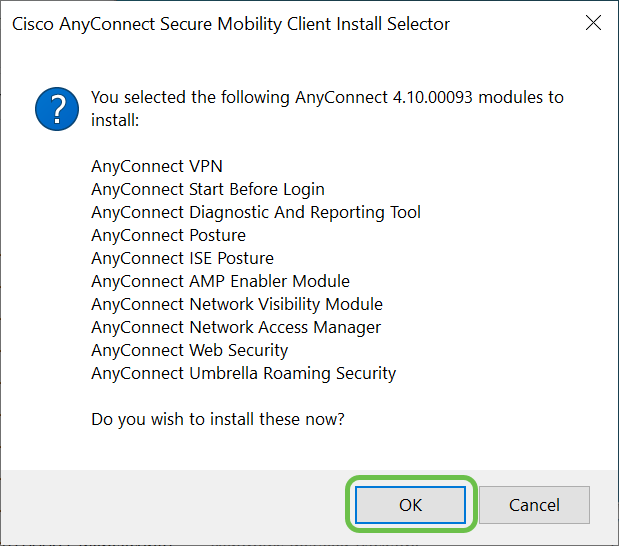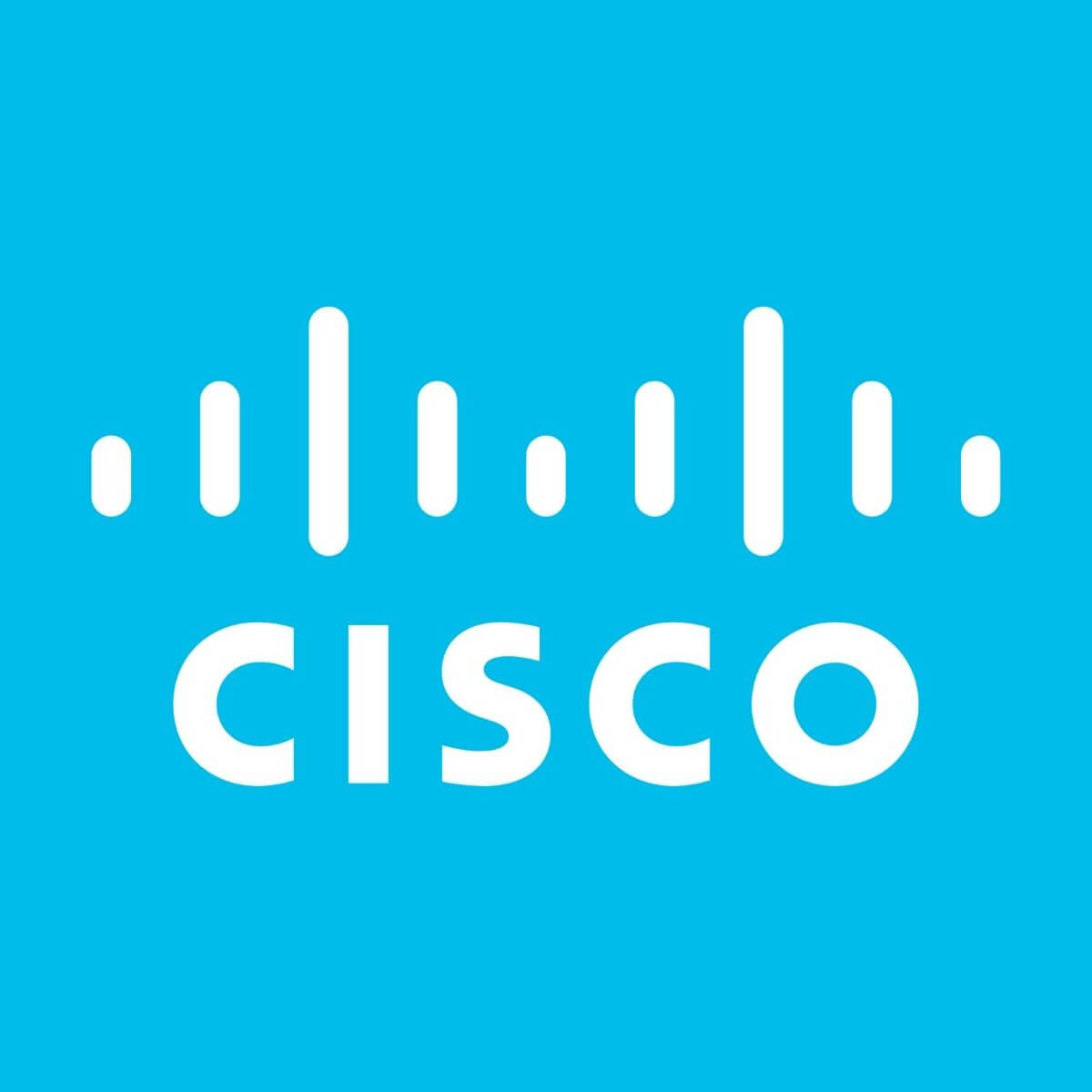Latest Version:
Cisco AnyConnect Secure Mobility Client 4.9.00086 LATEST
Requirements:
Windows 7 / Windows 8 / Windows 10 / Windows 7 64 / Windows 8 64 / Windows 10 64
Author / Product:
Cisco Systems, Inc. / Cisco AnyConnect Secure Mobility Client
Old Versions:
Filename:
CiscoAnyConnectSecureSetup.exe
Details:
Cisco AnyConnect Secure Mobility Client 2021 full offline installer setup for PC 32bit/64bit

Cisco Anyconnect Windows 10 free download - Windows 10, Cisco AnyConnect, Cisco AnyConnect VPN Client for Linux, and many more programs. AnyConnect free download: FTP client software for Windows. Velocitek usb devices driver. Safe PC download for Windows 32-bit and 64-bit, latest version.
Downloads and Guides: Connect to AnyConnect VPN for Windows 10 If you need to download the client, visit our Downloads & Guides page to download the client and find installation instructions. Certain Departmental Pools, Full Tunnel VPN, and Split Tunnel VPN Pools require Two Factor Authentication (2FA) through Duo Security to connect. AnyConnect Pre-Deployment Package (Windows 10 ARM64) - includes individual MSI files Login and Service Contract Required anyconnect-win-arm64-4.10.00093-predeploy-k9.zip 08-Apr-2021.



The use of Virtual Private Network is highly desirable for users who want to secure and anonymize their data when working online. To achieve this, a VPN client first encrypts all of the data that is sent away from the PC, making it secure even on public internet networks (internet cafe of public WiFi) where nefarious users may try to detect it and capture your private, work or e-Banking data. Encrypted data is sent to VPN servers, where it is redirected to your desired online location. Cisco AnyConnect Secure Mobility Client handles this entire procedure flawlessly and even provides the user access to the profile manager where he can set information and security credentials for its VPN servers. Be aware that these profiles require server-side VPN support to work. As an added feature, this VPN client can provide a service of automatic reconnection if your local internet connection drops out (which happens most often on Wi-Fi). This service can be turned off.
Cisco AnyConnect Secure Mobility Client represents a significant advancement in the previous Cisco VPN product. In fact, this app is a direct successor of the previously developed Cisco VPN Client. While the installation procedure of this app is not unusual and requires just normal following on few simple on-screen commands, users should be aware that the presence of the Java Runtime package is present and up to date. Once installed, the app can run quietly in the background awaiting use without spending a lot of system resources.
Cisco AnyConnect Secure Mobility Client is a FREE VPN solution for any PC users that seek more secure and private online browsing. The app is optimized only for modern versions of Microsoft Windows OS (8, 8.1, and 10).
Virtual Private Network (VPN) is a remote access technology that creates a private encrypted connection over the Internet between a single host and Stanford's private network, SUNet.
Stanford's VPN allows you to connect to Stanford's network as if you were on campus, making access to restricted services possible. There are two types of VPN available:
- Default Stanford (split-tunnel) allows access to anything at stanford.edu via the VPN connection but non-Stanford traffic flows normally on an unencrypted internet connection.
- Full Traffic (non-split-tunnel) encrypts all internet traffic from your computer but may inadvertently block you from using resources on your local network, such as a networked printer at home.
Features
- When using VPN, your off-campus computer is dynamically assigned a Stanford IP address to connect back to Stanford's network.
- A Stanford IP address allows you access to Stanford's computing resources and certain campus services (e.g., departmental file and print servers).
Designed for
Faculty, staff, and students
Requirements
- An active SUNet ID
- Windows 8 SP1 and later
- Mac OS X 10.9 and later*
- iOS 10 or later
- Android OS 6.0 or later
*Note for Mac High Sierra (10.13): When you log in to the Cisco AnyConnect VPN, you may be prompted to upgrade to a new version of software. If you choose to upgrade, you'll see a System Extension Blocked alert directing you to go to System Preferences > Security & Privacy to allow the extension. The approval field is only present in the Security & Privacy preferences pane for 30 minutes after the alert. If the extension is not approved with in 30 minutes the software will not function correctly.
Data security
Get started
Select your operating system to see the VPN configuration instructions for your device:
Learn more
Many commonly used Stanford applications and services are available directly from the Internet without the use of VPN. While VPN does encrypt your data in transit, nearly all of the web-based applications you access already default to secure https communication, and are therefore already encrypted.
Examples of commonly used Stanford services which do not require VPN:

- Office 365
- Zoom
- WebEx
- Axess
- Oracle Financials
- Cisco Jabber
- Slack
- Google Drive
- G Suite
University IT (UIT) recommends that you donot enable your VPN connection unless the server or application that you are trying to access requires a VPN connection. Using VPN adds unnecessary additional overhead, which may degrade the user experience while connected, especially for video conferencing, streaming services, or applications.
Many secure servers within the Stanford University network do require the use of VPN. There is no published list of these servers, but it is easy to quickly determine whether the server/system you are attempting to connect to requires VPN with this simple test: try performing daily duties without the VPN enabled. If you cannot access a service, enable the VPN and try again.
If you do require a VPN connection, UIT recommends that you use the split-tunnel profile rather than full-tunnel. The split-tunnel profile enables the Internet-bound traffic to flow directly outbound via your home ISP, without first going to the Stanford VPN, and then route to the Internet. This also ensures better performance overall. Please remember that when using the full-tunnel profile, all traffic from your system routes first through the Stanford VPN and then out to the Internet.
Stanford University Libraries (SUL) updated the method by which authorized community members access restricted journals from off-campus.
Rather than using Stanford's VPN (Virtual Private Network), SUL wants community members to use its EZProxy service: http://library.stanford.edu/using/connect-campus/ezproxy-alternative-campus-access Download startec cameras.
See also
Cisco Anyconnect Vpn Software Download
- Instructions for using Remote Desktop to work remotely
- Work Anywhere website for more resources for telecommuting and remote work
